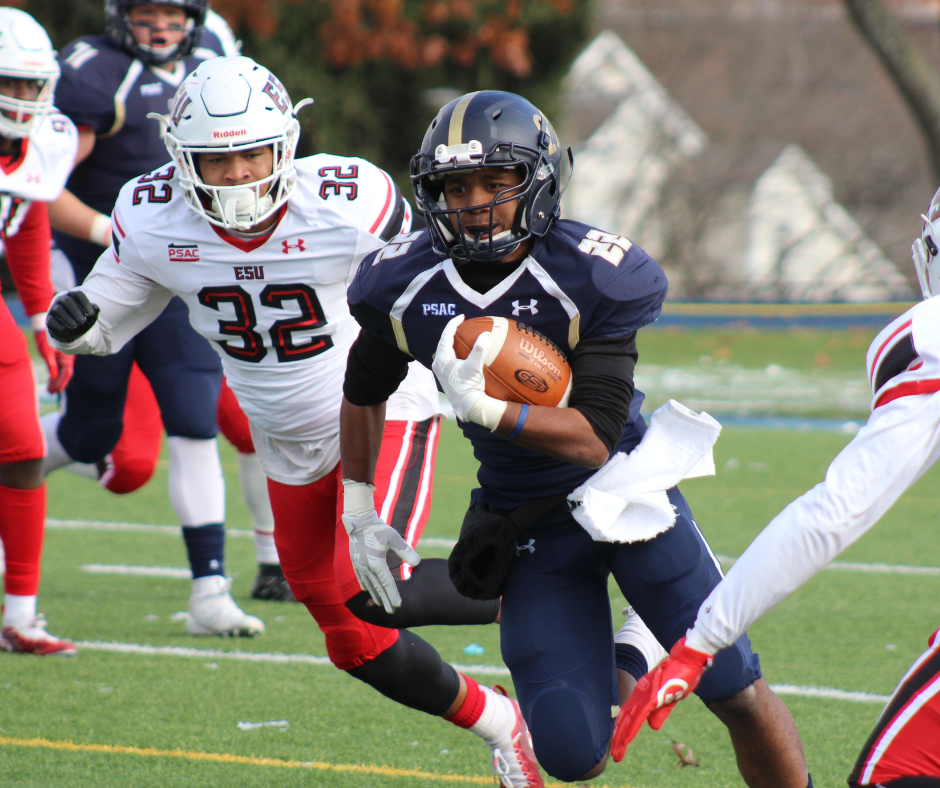ARTICLES

First things first, concussion is a type of traumatic brain injury categorized as a “mild” brain injury because concussions are usually not life-threatening. In general all tests and images are normal. It is not a structural injury but a functional injury, and the effects of a concussion can be serious.

